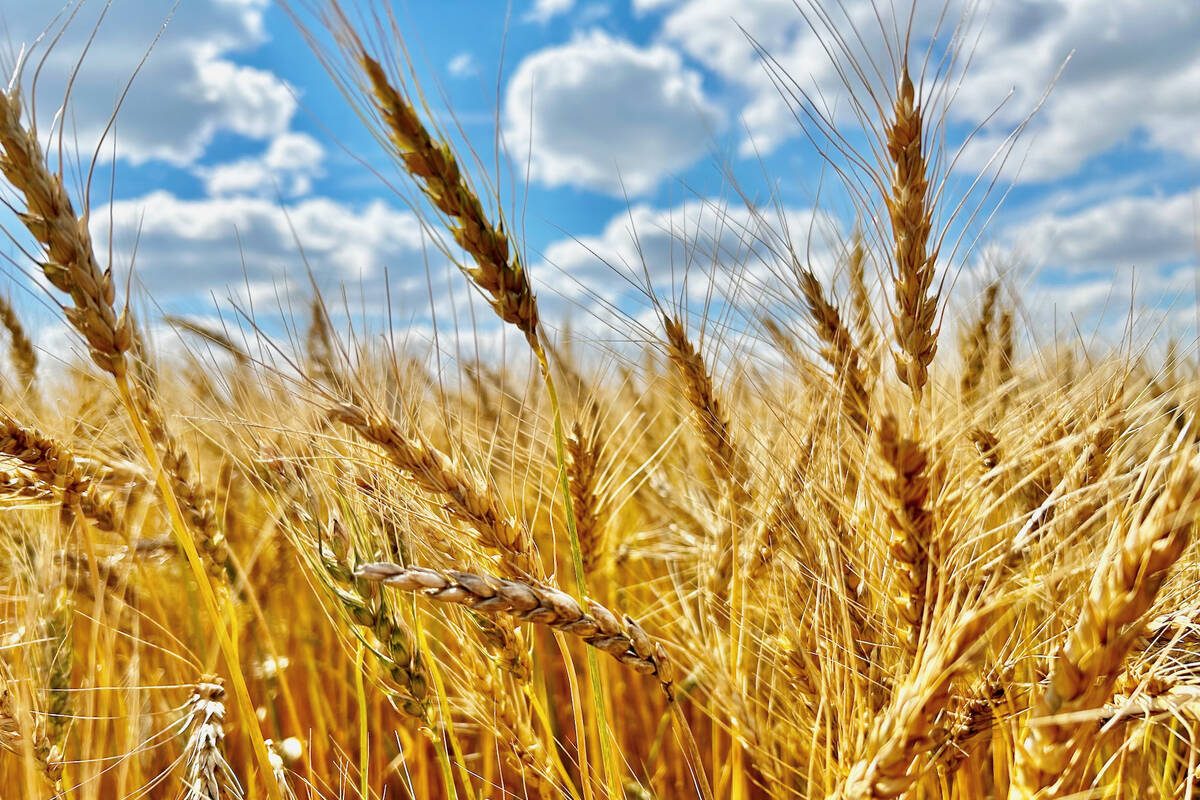Chicago | Reuters — Benchmark Chicago Mercantile Exchange live cattle futures hit the highest in nearly a month on Monday, supported by an improving U.S. slaughter pace and signs of a shrinking U.S. cattle herd, traders said.
CME April live cattle futures settled 1.425 cents higher at 144.525 cents/lb. after reaching 144.825 cents, the contract’s highest since Jan. 3 (all figures US$).
March feeder cattle futures ended 3.4 cents higher at 163.025 cents/lb., buoyed by a lower close in corn futures that signaled cheaper feed costs.
Read Also

Expana lifts EU cereal forecasts, maize exceeds expectations
Expana has raised its monthly grain production forecast for European Union crops for the 2025/26 season, projecting soft wheat output will hit a record high and barley a 17-year high.
U.S. meat packing plants killed 120,000 cattle on Monday, up from 115,000 cattle a week ago, the U.S. Department of Agriculture (USDA) said. The figures signaled rising demand for market-ready animals following a lull in recent weeks tied to worker shortages amid a surge in Omicron coronavirus infections.
“Chain speeds continue to improve at packing plants, strengthening demand for animals, and with this afternoon’s cattle inventory report expected to confirm a shrinking herd,” Arlan Suderman, chief commodities economist at StoneX, wrote in a client note.
After the CME close, USDA reported the U.S. beef cow herd at 30.1 million head as of Jan. 1, down two per cent from a year earlier and the lowest since 2015.
“We’re going to have less beef in the pipeline,” a factor that could induce cattle producers to expand their herds, said Altin Kalo, agricultural economist for Steiner Consulting.
CME lean hog futures closed higher Monday in rangebound trade, with firming cash hog prices lending support.
April lean hogs settled 0.775 cent higher at 95.7 cents/lb. but stayed inside of Friday’s trading range.
Pork processors slaughtered 475,000 hogs on Monday, up from 448,000 head a week ago, USDA said.
— Julie Ingwersen is a Reuters commodities correspondent in Chicago.
















